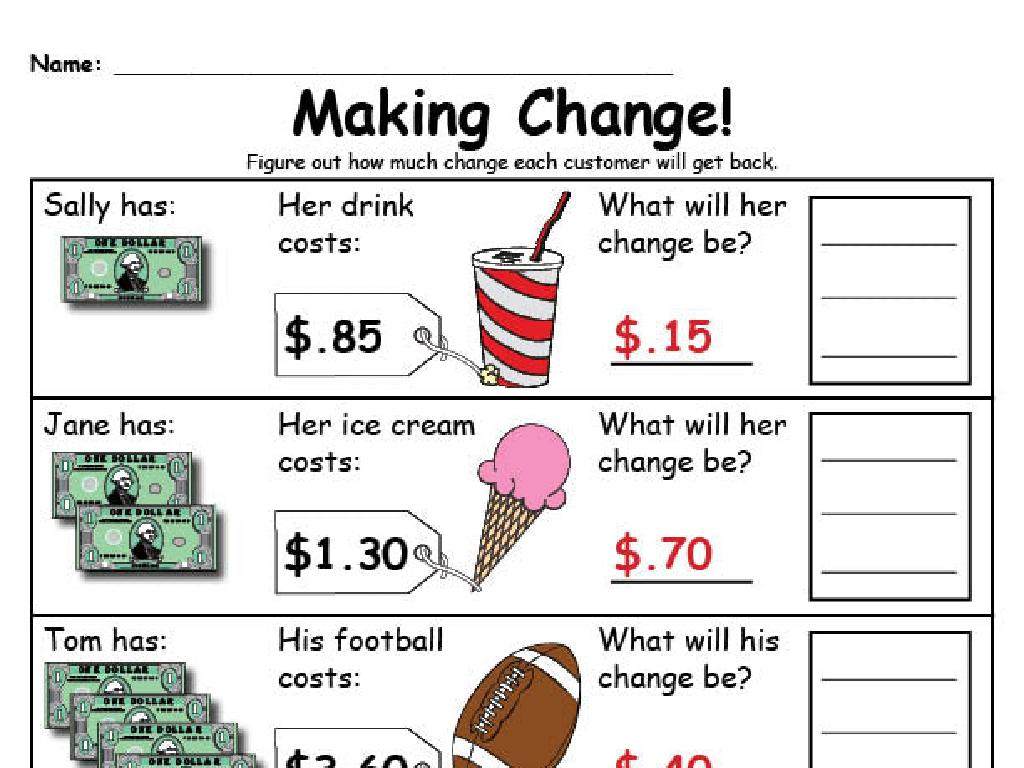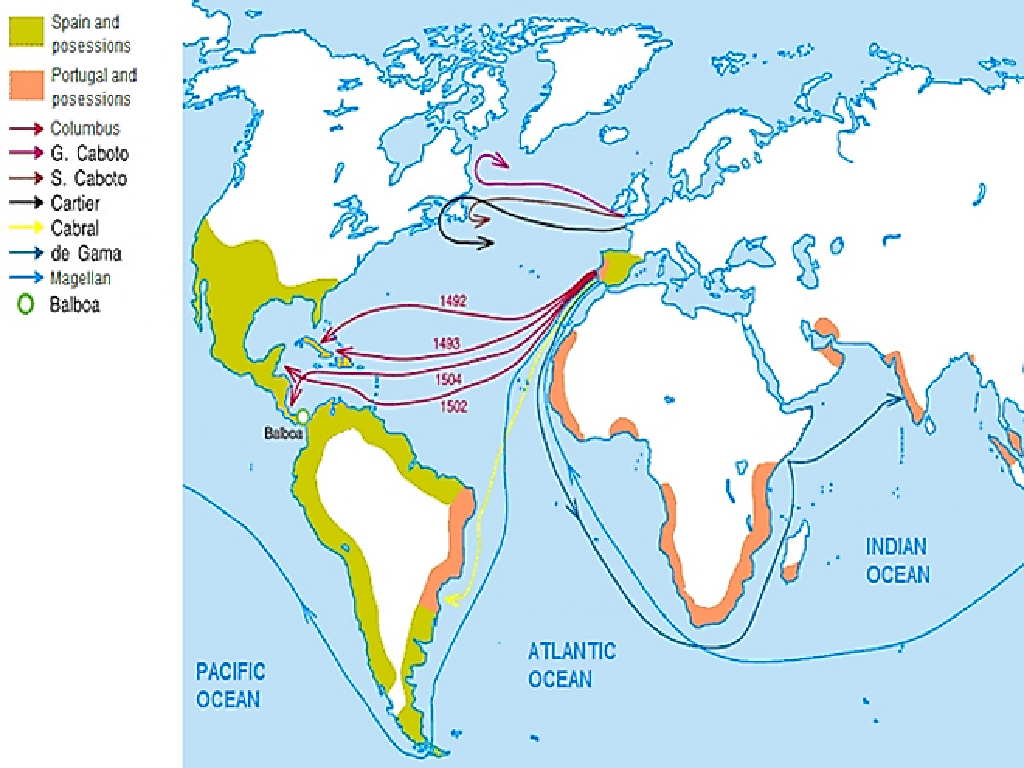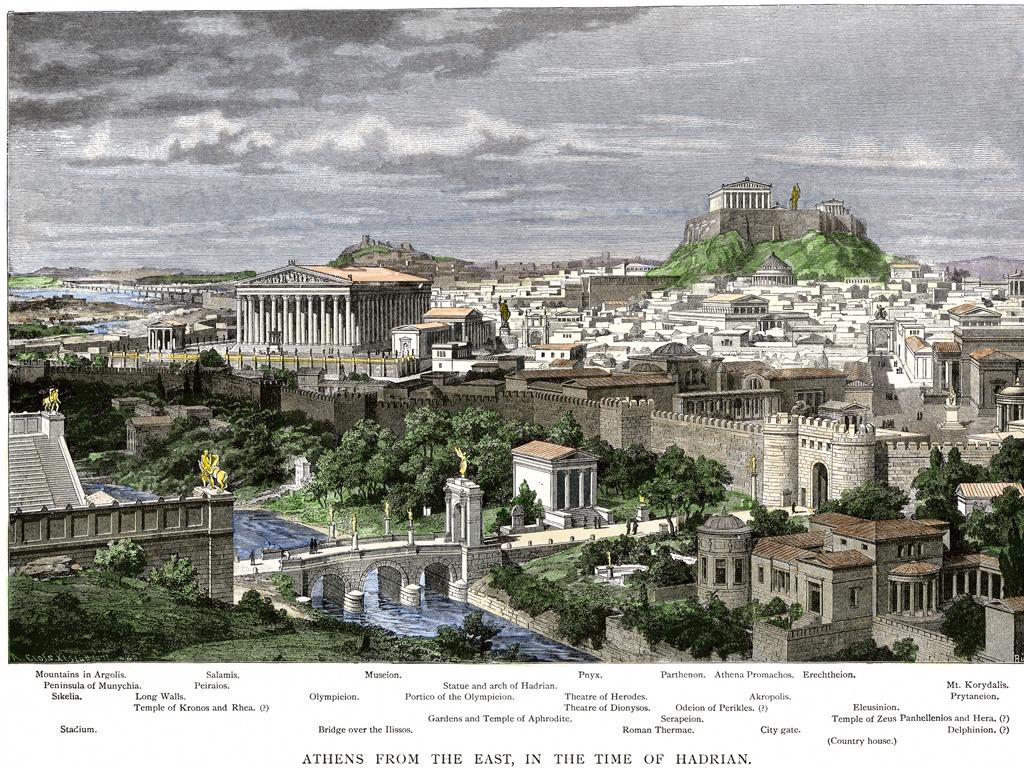Identify And Select Countries Of Europe: Region 5
Subject: Social studies
Grade: Sixth grade
Topic: Europe: Geography
Please LOG IN to download the presentation. Access is available to registered users only.
View More Content
Exploring Europe: Region 5
– Europe’s diverse landscape
– A continent rich in culture, languages, and geography.
– What defines Region 5
– Region 5 includes specific countries based on geography.
– Identifying Region 5 countries
– Learn to locate and name countries in this region.
– Today’s geographic goal
|
This slide introduces students to the diversity of Europe and focuses on understanding and identifying the countries within Region 5. Begin by discussing Europe’s rich cultural and geographical diversity. Explain what constitutes a ‘region’ in geographic terms and why Europe is divided into these areas for study. For Region 5, clarify which countries are included and why they are grouped together. The goal for today’s lesson is for students to be able to identify and select the countries that make up Europe’s Region 5 on a map. Encourage students to think about the characteristics that might link these countries together, such as language, history, or physical geography.
Exploring European Regions
– What defines a region?
– A region is an area distinguished by unique features.
– Characteristics of a region
– Features include language, culture, climate, or history.
– Europe’s regional division
– Europe is divided for political, cultural, and geographical reasons.
– Significance of regions in Europe
– Understanding regions helps us study Europe’s diversity systematically.
|
This slide introduces the concept of regions and their importance in the context of European geography. A region is defined by certain distinguishing features, which can be natural or human-made. These features often include language, culture, climate, and historical background. Europe’s division into regions allows us to understand and manage its complex diversity better. It’s crucial for students to grasp why regions are used as a framework for studying geography, as it simplifies learning about different areas with shared characteristics. Encourage students to think about their own region and what characteristics define it. This will help personalize the concept and make it more relatable.
Exploring Europe: Region 5 Geography
– Europe’s diverse terrain
– Mountains, plains, and rivers shape the land
– Climate & resources
– Varied climates, rich in natural resources
– Cultural influences
– Languages and traditions define cultural regions
– Political borders
– Country borders often reflect historical events
|
This slide introduces students to the complex geography of Europe’s fifth region, emphasizing the physical features, climate, natural resources, cultural, and political boundaries. Highlight Europe’s diverse terrain, including the mountain ranges, plains, and river systems that have influenced settlement patterns and economic activities. Discuss the variety of climates from Mediterranean to continental, and the abundance of natural resources like coal and fertile soil. Explain how cultural regions are shaped by languages, traditions, and history. Lastly, discuss how political borders have been drawn and redrawn over time, often as a result of historical events such as wars and treaties. Encourage students to explore maps and consider how geography has impacted the development of European societies.
Exploring Europe: Region 5
– Identifying Region 5 countries
– Learn the names and locations of countries like France, Belgium, Luxembourg, and the Netherlands.
– Major cities and landmarks
– Explore capitals like Paris and Brussels, and landmarks like the Eiffel Tower and the Ardennes.
– Cultural highlights overview
– Discover unique traditions, languages, and cuisines that define the cultural tapestry of Region 5.
– Engage with Region 5’s diversity
|
This slide aims to introduce students to the countries of Europe’s Region 5, focusing on geography, culture, and significant urban and natural landmarks. Start by showing the map and pointing out each country in Region 5. Discuss the importance of major cities, such as Paris and Brussels, and their roles in European history and politics. Highlight famous landmarks and explain their historical or cultural significance. Engage students by discussing the rich cultural diversity within these countries, including languages spoken, traditional festivals, and culinary specialties. Encourage students to research more about one country or landmark and share interesting facts in the next class.
Exploring Europe: Region 5 Countries
– Deep dive into Region 5 countries
– Explore specific countries in Europe’s Region 5
– Key facts: Population, Language, History
– Learn about the people, languages spoken, and historical events
– Role of countries in European context
– Understand each country’s contribution to Europe’s economy, politics, and culture
– Cultural and geographical diversity
– Recognize the unique characteristics that distinguish each country within the region
|
This slide aims to provide students with a focused look at the countries within Europe’s Region 5. Begin by introducing the countries that make up this region. Discuss key facts such as population size, official languages, and significant historical events that have shaped each country. Highlight the importance of each country’s role in the broader European context, touching on aspects such as economic contributions, political significance, and cultural influence. Emphasize the diversity found within the region, including cultural traditions and geographical features. Encourage students to think about how these countries, while part of a larger continent, maintain their unique identities.
Map Activity: Exploring Region 5 of Europe
– Locate and label Region 5 countries
– Use clues to identify each country
– Look for physical features, language hints, and cultural cues
– Discuss our discoveries
– Reflect on the activity
– Think about what was surprising or new
|
This slide introduces a map activity focused on identifying and labeling the countries in Region 5 of Europe. Students will use various clues such as physical geography, languages spoken, and cultural characteristics to determine each country. After the activity, there will be a class discussion to share findings and insights. Encourage students to reflect on any new information they learned or what they found surprising. Possible activities include: 1) Pairing up to find countries, 2) Using an atlas or online resources to aid in identification, 3) Creating a fact sheet for each country, 4) Discussing how the geography of these countries might influence their culture and daily life.
Class Activity: European Expedition
– Group task: Design a travel brochure
– Focus on a Region 5 European country
– Research countries like France, Italy, or Spain
– Highlight geography and culture
– Include maps, landmarks, traditions, and languages
– Prepare for a class presentation
– Share why others should visit; what makes it unique?
|
This activity aims to engage students with the geography and culture of Europe’s Region 5 through a creative group project. Students will work in groups to select a country from Region 5, which includes popular destinations like France, Italy, and Spain. They will create a travel brochure that covers the country’s geography, cultural highlights, and compelling reasons to visit. This will require research and collaboration, allowing students to learn about the country’s physical features, historical landmarks, local customs, and languages. The activity culminates in a presentation where each group will share their brochure, practicing public speaking and persuasion. For the teacher: Provide a list of countries in Region 5, ensure students have access to research materials, and set clear guidelines for the brochure content and presentation format. Offer support as needed during the research and creation process.
Conclusion and Reflection on Europe’s Region 5
– Recap of European geography
– Discuss our Region 5 brochures
– Share what facts and features you found interesting
– Choose a favorite country
– Think about culture, landscape, and history
– Homework: essay on favorite country
– Write about why it captivated you, include facts learned
|
As we wrap up today’s lesson on the countries of Europe’s Region 5, we’ll revisit the key points to reinforce learning. Students will then share the brochures they’ve created, highlighting interesting facts and what they’ve learned about each country. For homework, students are tasked with writing a short essay on their favorite country from Region 5, reflecting on its culture, landscape, history, and why it stands out to them. This exercise will help solidify their understanding and allow them to express their personal connection to the material.






